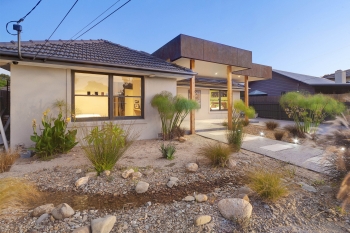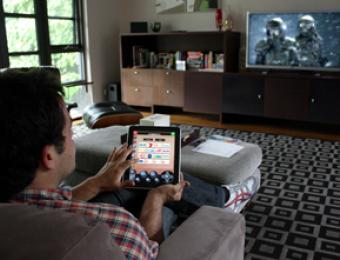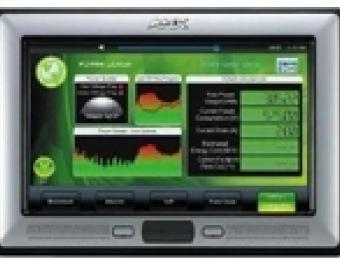
Timers allow your home automation system to activate different functions at a pre-set time. From heating to lighting to security functions, timers are a great way to cut energy usage and costs, by specifying which appliances need to be operating at any given time.
How do timers work in home automation?
There are four types of timers that can be used around the home.
Automated timers
A home automation control panel, which is effectively in charge of all of the automated systems in your home, can also be used to schedule events and operate things for a given duration or at a certain time of the day. A well integrated home automation system will make good use of this functionality, and will be able to control many aspects at once for the purpose of security, climate control, lighting and so forth. These types of timers offer the greatest amount of control and flexibility.
Built-in timers
Built-in timers are those timers your home appliances already have. These can be set without the use of a home automation system; from programming a television show to start recording at a specific time, to your coffee machine brewing your morning dose as you wake up. Using built in timers, you can ensure that your smart home is using the minimum amount of energy necessary. Lights can be programmed to turn on only at nightfall to prevent energy wastage during the day, while heating and cooling systems can be programmed to operate only at times when people are home. Built in timers are also useful to turn off devices such as computers or televisions that have been left on while you fall asleep. Built-in timers can be operated from your home automation device and can continue to operate when you're not even home. Built in timers can also be turned off at will, allowing you to watch television for as long as you like, without the show cutting out on you.
Motion timers
Motion timers operate alongside motion sensors and will activate an appliance when they sense movement. These are beneficial, particularly with lighting, as a porch light can be motioned on when you approach the door, making it much easier to find house keys. Inside the house, they can be used to make lights turn on when someone enters a room, and flick off when the person exits.
Timer switches
Similar to motion timers, timer switches will turn lights off when a period of inactivity has lapsed. How many times have you (or the kids) left the bathroom or laundry light on for a few hours by mistake? With timer switches, the light will switch off after a specified amount of time, saving your electricity bill. Just be careful not to get caught out; timer switches are triggered after a period of inactivity, so make sure you've got the right settings on.
What variations exist?
While some products come with built-in timers that will program themselves, others will need to be manually programmed to suit your needs - and there are many different ways that things can be turned off and on or adjusted with timer controls. If you're confused about what types of timers are available to you, contact a custom installer.



